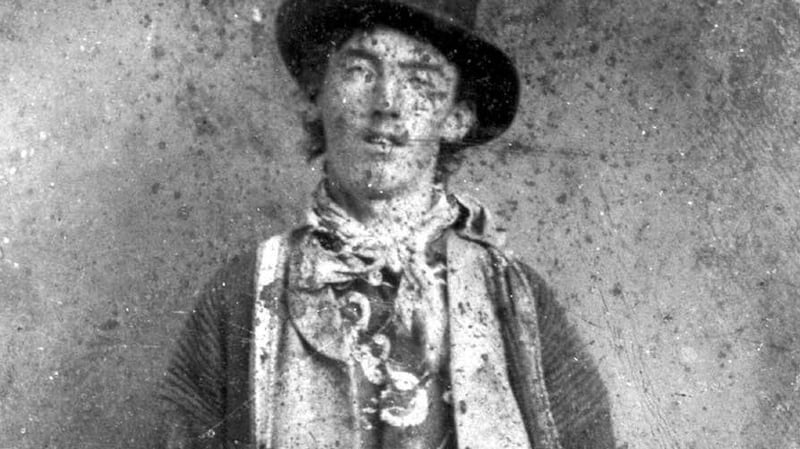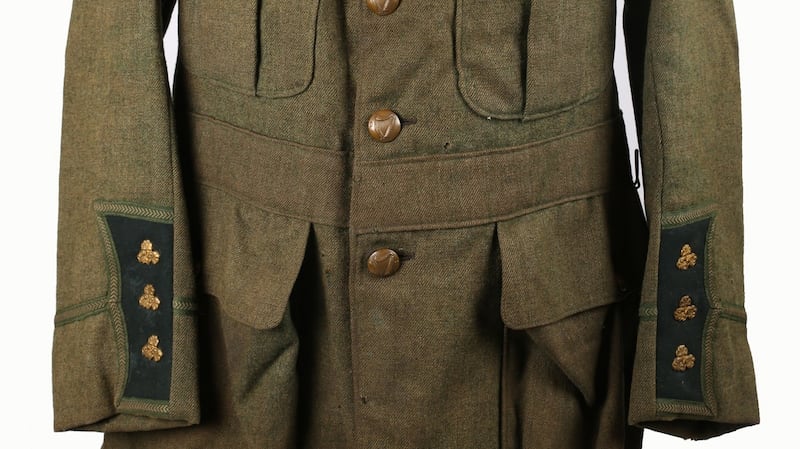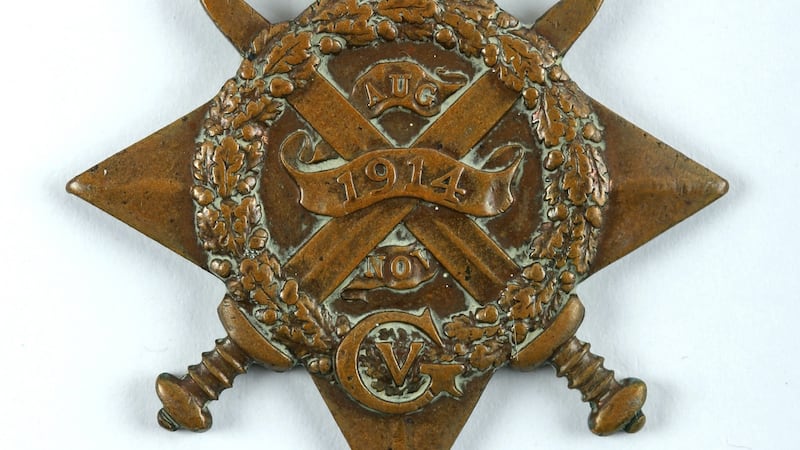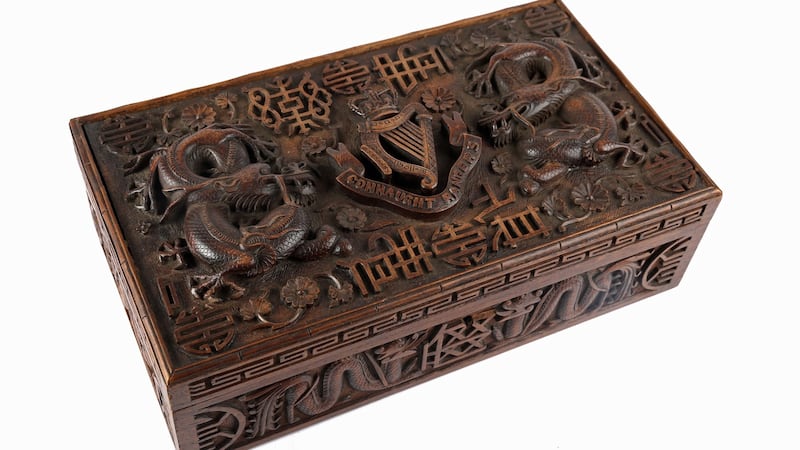There was lively bidding in Los Angeles this week when the gun used to kill Billy the Kid sold for in excess of $6 million (€5.78 million) at a Bonham’s sale.
The piece, a Colt single-action revolver owned by Sheriff Pat Garrett, killed 21-year-old Henry McCarty, whose parents were Irish immigrants, on July 14th, 1881 in one of the most notorious stories of the Wild West.
Estimated at $2 million–$3 million, the sale achieved a world auction record for any firearm, and was the top lot in a single-owner sale. The Jim and Theresa Earle Collection of historic western firearms, which they began collecting in the 1970s, was exhibited at the Texas Ranger Museum in Waco and achieved in excess of $12 million.
On Saturday, September 11th, Mullen’s of Laurel Park will hold an online Collector’s Cabinet sale to include militaria, arms and armour, historical memorabilia and rare books.



Among the arms is a rare 18th century Russian 16-bore flintlock sporting gun by Tula gunsmith Alexej Leontjev, which is engraved with his name (lot 190, €6,000–€8,000) and from circa 1800, an India pattern Brown Bess flintlock musket (lot 191, €800–€1,200).
Lot 150 is a rather intimidating RPG7 Russian-made shoulder-launched rocket and anti-tank, rocket-propelled grenade launcher with cleaning tools and accessory bag.
The piece comes with a Birmingham Gun Barrel Proof House deactivation certificate dated September 21st, 2016. It is part of the collection of Pat O’Hagan, who amassed a large number of pieces regarding the conflict in Northern Ireland, and is “consistent with those used by both the Provisional IRA and the UDA from 1972 to 1998, and of a type supplied by Libya to the Provisional IRA”, according to the catalogue (€4,000–€6,000).
Most interesting is a carved box with dragons and lotus flowers around the regimental badge of the Connaught Rangers, the Irish line infantry regiment of the British Army known as the Devil's Own. Made in Kashmir, the inside of the box is carved with a mermaid armorial, which is the crest of the Moutray family. It was commissioned by Maj Anketell Moutray, who owned one of the largest collections of Connaught Rangers militaria by the time of his death in 1952 (lot 37, €2,500–€3,000).
The owner of a first World War 1914 Star (lot 97, €400–€600) researched its recipient, Private John O’Neill of the Royal Irish Regiment, whose service record showed that the Wexford native had been a prisoner of war and discharged in 1916.



Perplexed that the discharge was two years prior to the end of the war, he established that O'Neill had been imprisoned at Limburg Camp, where the Germans sent Irish prisoners of war (POWs) to facilitate Sir Roger Casement's recruitment drive for his proposed Irish Brigade.
O’Neill had witnessed Casement’s recruiting efforts and recounted the latter’s activities in his POW statements and was called as a witness for the prosecution in Casement’s treason trial, recounting how he was called a traitor and a coward for not joining the brigade.
Casement was duly sentenced to death for high treason which was fuelled by public opinion against him after the British government secretly circulated excerpts from Casement’s journals exposing him as homosexual, which was illegal at the time.
His knighthood for investigations of human rights abuses in the rubber industry in Peru, which gave him the moniker of “the father of 20th century human rights investigations” was stripped along with other honours. The journals known as the Black Diaries, that helped to convict him, were contested in a handwriting comparison study in 2002, 86 years after his execution.
Discovered in an attic in Co Cork is lot 87, a grey-green military tunic with IV harp buttons and gilt shamrock badges, which is a 1913-1916 Irish Volunteers captain's tunic. Curator of the sale Stuart Purcell believes that fewer than six of these survive, as it was up to the individual to purchase the uniforms which were not compulsory for volunteers (€4,000–€6,000).
Among the 275 lots of rare and collectable books are 24 books by Seamus Heaney. Estimates vary from €80–€600 and include rare limited editions, most of which are signed by the Nobel Prize recipient for literature in 1995, who died in 2013.
The top lot in the book category is a 1997 first edition, second impression of Harry Potter and the Philosopher’s Stone, identifiable by the number line on the edition page which runs 10, 9, 8, 7, 6, 5, 4, 3, 2. First editions of JK Rowling’s Harry Potter books are among the most sought after in the world, and this copy was purchased by the vendor in a secondhand bookshop for €5 (€3,000–€5,000).



















